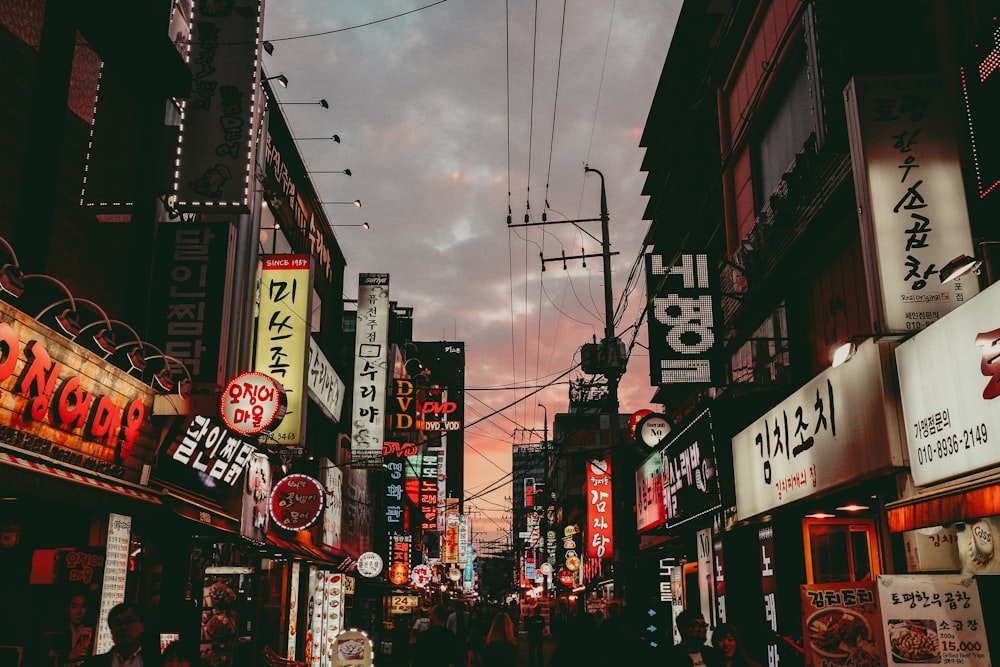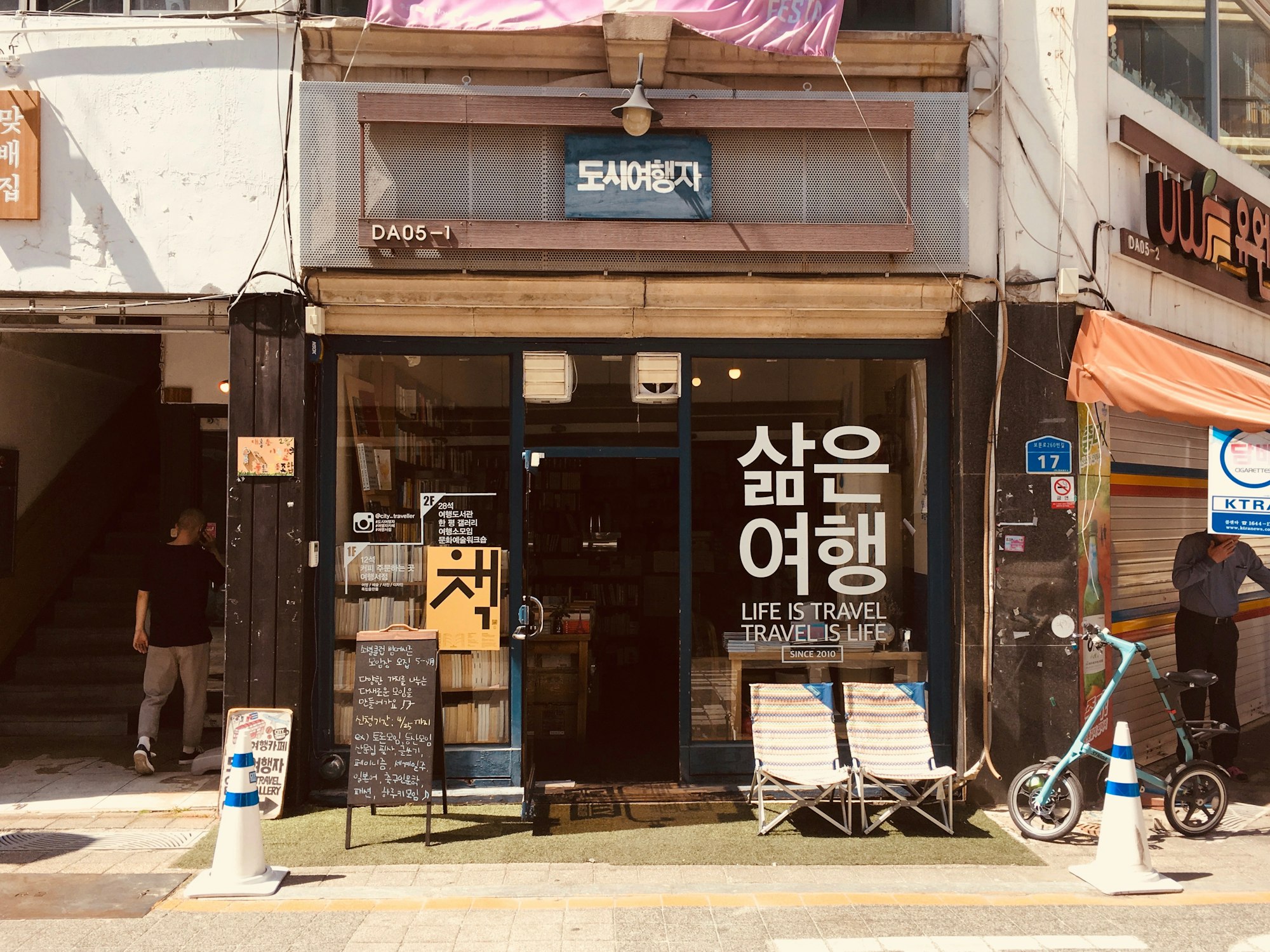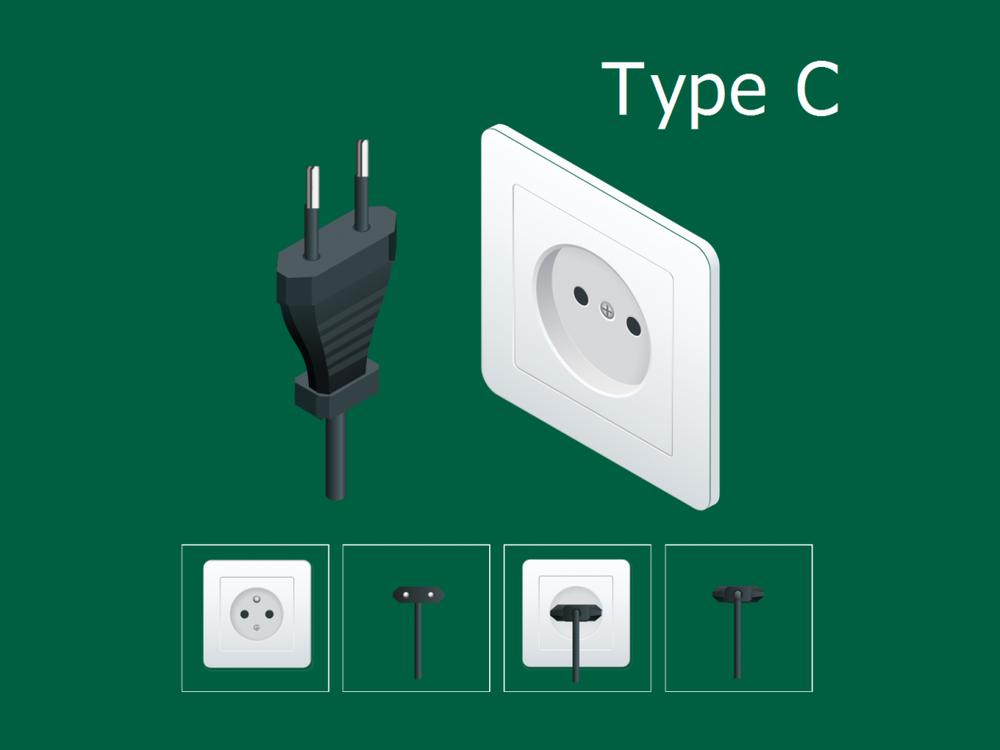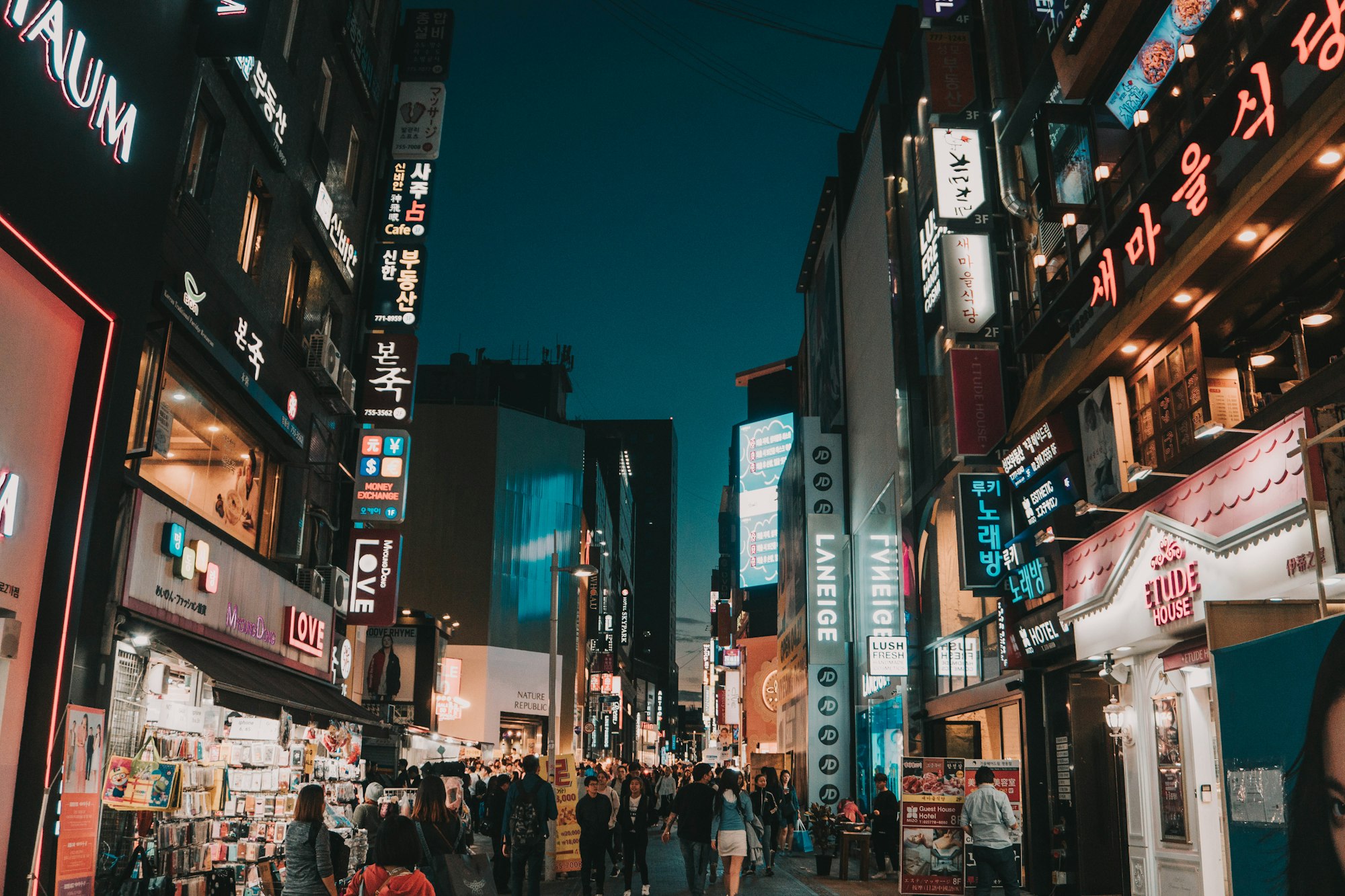The ultimate guide to electricity in Korea: power plugs, electrical outlets, voltage, frequency
South Korea is a technologically advanced country located in East Asia. If you are planning to travel to Korea, it is essential to familiarize yourself with the electrical standards in the country to ensure that your electrical devices work properly.

Type C plug with two round prongs, which is compatible with most other countries in Asia and Europe, is the main plug power South Korea uses. The electrical outlets in Korea are designed to accept Type C plugs. Some outlets may also take Type A plugs with two flat prongs, but this is not always true.

Plugs and Electrical outlets
The Korean power plug is the same as in Europe and Asia countries. The main power plug is Type C, with two round prongs (two-pronged electrical plugs). If your electrical device has a three-pronged plug, you must use a plug adapter.
The electrical outlets in South Korea are the same as those used in most other countries in Asia, and they are designed to accept Type C plugs. Some outlets may also take Type A plugs with two flat prongs, but this is not always true.

Travel from Europe, except the UK, to South Korea
The plug type is the main difference between the electrical plugs used in South Korea and those used in Europe (excluding the UK).
South Korea uses a type C plug with two round prongs. Although the Kore power plug is the same as Europe, if you are coming from some European countries, such as France and Belgium, you will likely need a travel power adapter because these countries use the type E plug with two round prongs and a grounding pin.
Conversely, traveling from Europe to South Korea, you may need a plug adapter to convert your Type F or Type E plug to a Type C plug.
Travel from North and Central America or Japan to South Korea
The power plug used in North and Central America is a type A and type B plug, which has two or three flat prongs. Japan uses a type A plug with two flat prongs or a type B plug with two flat prongs and a grounding pin.
Regarding voltage and frequency, South Korea uses a voltage of 220 volts and a frequency of 60 Hz, while North and Central America and Japan use a voltage of 120 volts and a frequency of 60 Hz.
This means that if you travel between Korea and North or Central America or Japan, you will need a plug adapter to convert your Type C plug to a Type A or Type B plug or vice versa. You may also need a voltage converter or transformer to ensure your electrical devices work correctly, as the voltage and frequency standards differ.
You must check if modern electronic devices, such as laptops and smartphones, have built-in voltage converters and can be used with a simple plug adapter. However, it's always best to check your specific devices' voltage and frequency requirements before traveling to ensure that you have the necessary adapters and converters.
Travel from the UK, Ireland, Cyprus, Malta, Malaysia, Singapore, or Hong Kong to South Korea
South Korea uses a Type C plug with two round prongs, while the UK, Ireland, Cyprus, Malta, Malaysia, Singapore, and Hong Kong use Type G plugs with three rectangular prongs.
If you are traveling from South Korea to one of these countries, you will need a plug adapter to convert your Type C plug to a Type G plug. Conversely, traveling from one of these countries to South Korea, you will need a plug adapter to convert your Type G plug to a Type C plug.
South Korea uses a voltage of 220 volts and a frequency of 60 Hz, while the UK, Ireland, Cyprus, Malta, and Singapore use a voltage of 230 volts and a frequency of 50 Hz, and Hong Kong and Malaysia use a voltage of 220 volts and a frequency of 50 Hz. This means you may need a voltage converter or transformer to ensure your electrical devices work correctly when traveling between these countries.
Travel from Australia, New Zealand, South Africa, Argentina, or parts of China to South Korea
Australia, New Zealand, South Africa, Argentina, and some parts of China use Type I plugs with three flat prongs in a triangular pattern.
If you travel from South Korea to one of these countries, you will need a plug adapter to convert your Type C plug to a Type I plug. Conversely, traveling from one of these countries to South Korea, you will need a plug adapter to convert your Type I plug to a Type C plug.
The voltage and frequency standards in South Korea and other countries are different. This means that you may need a voltage converter or transformer to ensure that your electrical devices work correctly when traveling from these countries to South Korea.
Voltage and Frequency

In South Korea, the voltage used in household and commercial electrical systems is 220 volts AC (alternating current) at 60 Hz (hertz).
This voltage and frequency standard is used nationwide and is compatible with most electrical devices, including appliances, electronics, and tools. However, suppose you are traveling from a country with a different voltage and frequency standard. In that case, you may need to use a voltage converter or transformer to ensure your devices work correctly.
It's important to note that some modern electronic devices, such as laptops and smartphones, are designed to work with various voltages and frequencies and may not require a voltage converter or transformer.
However, it's always a good idea to check your specific devices' voltage and frequency requirements before traveling to South Korea to ensure that you have the necessary adapters and converters.
What if you don't have the correct plug?
If you don't have the correct plug when traveling to South Korea, you will need to use a plug adapter to convert your plug to the Type C or Type F plug used in South Korea.
Plug adapters are small, portable devices that can be purchased at most travel supply stores or online. They are designed to fit over the prongs of your plug and provide a secure connection to the electrical outlet in South Korea.
Therefore, many hotels in South Korea are also willing to provide power outlets compatible with multiple plug types. So, you may want to check with your hotel or travel provider to see if they offer this service.
Before traveling to South Korea, it's a good idea to research the voltage and frequency requirements of your specific devices and to purchase any necessary adapters, converters, or transformers in advance to avoid any potential issues while traveling. Don't forget to check the right plug power South Korea used to bring the right one.
